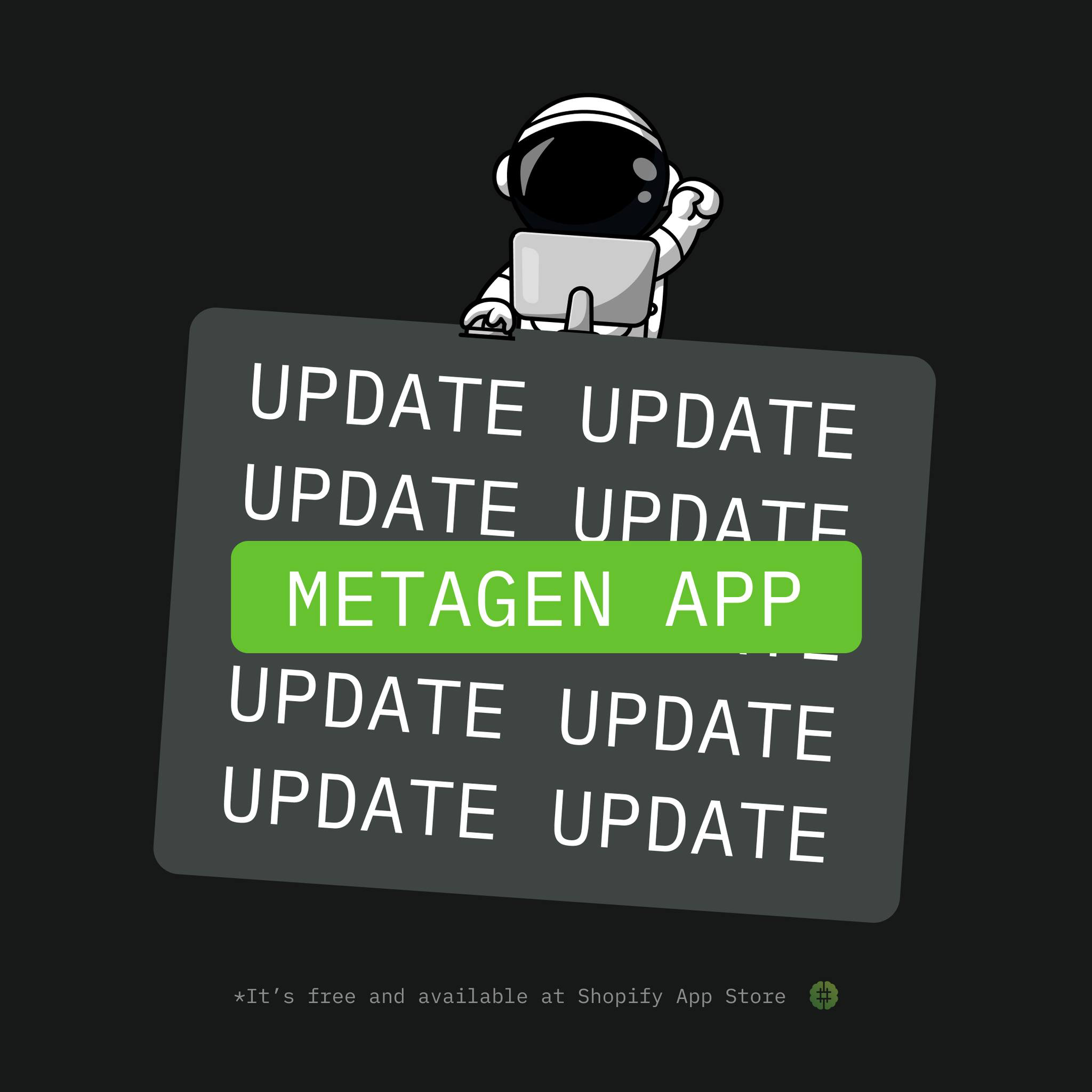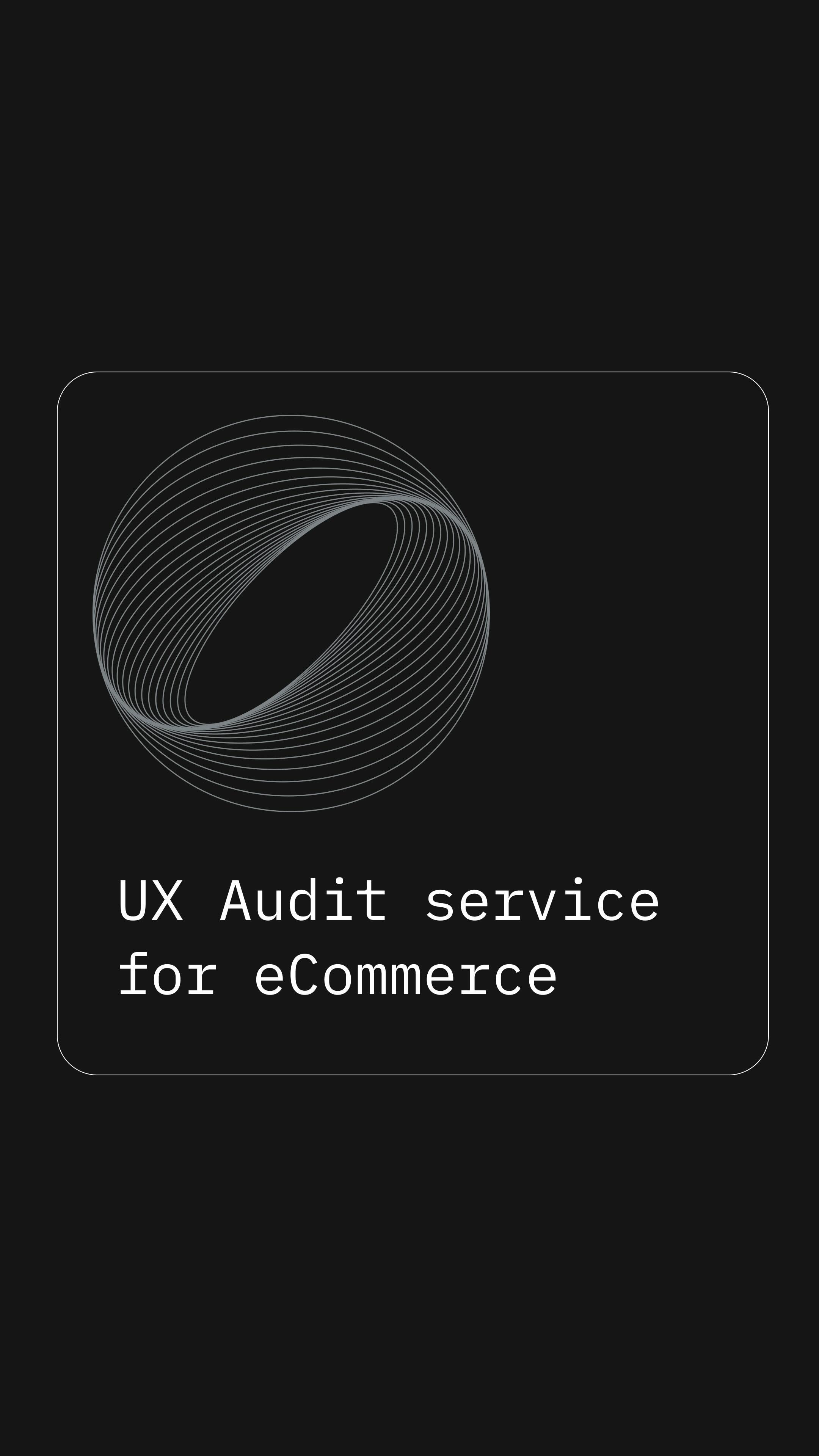


Why do developers trick clients and cut corners? Discover the hidden truth and how to avoid bad IT decisions!
The Silent IT War
Let’s be honest—there’s an unspoken battle happening in the tech world. On one side, excited clients with big dreams and (sometimes) unrealistic expectations. On the other, developers who sigh deeply, shake their heads, and say:
💻 “That’s way more complicated than you think.”
💰 “This will take at least three months and double your budget.”
🙄 “Sure, we could do it properly, but… do you really need that?”
At this point, the client has two choices:
1️⃣ Trust the developers and pay up.
2️⃣ Ask questions, push back, and risk being labeled “that annoying client who doesn’t understand IT.”
But let’s get real: Is it really that complicated, or is this just a convenient excuse?
Why Do Developers Trick Clients by Overcomplicating Things?
Here’s the paradox: Developers are brilliant and lazy at the same time. They automate their work to avoid repetitive tasks, yet somehow, every request turns into an epic saga of impossible complexity.
🔹 The «Shiny Object» Syndrome
- A client wants a simple, clean solution.
- The dev team, however, insists on using the newest, coolest framework.
- Six months later, the project is behind schedule because they spent more time learning the tool than building the product.
🔹 The “It’s Too Hard” Excuse
- A client requests a small feature update.
- Developers respond with, “Oh, that could break the whole system!”
- Reality? It’s a one-day fix.
🔹 The “Just Trust Us” Trap
- Non-technical clients are easy to manipulate.
- Developers overprice simple tasks, claiming they are highly complex.
- Clients either pay up or get ghosted.
🔹 The Minimum Viable Effort Mindset
- If developers won’t be around in six months, why put in extra effort today?
- Future bugs? Someone else’s problem.
Why Do Developers Keep Cutting Corners?
🚨 Example 1: The “Too Simple” Backend
A startup hires developers to build a scalable e-commerce platform. Instead of creating a strong backend, the devs patch together a cheap, quick-fix solution.
🛑 Result:
- Orders start disappearing.
- Payments fail randomly.
- The system crashes on Black Friday.
- The devs? Already working for another company.
🚨 Example 2: “This Feature is Too Complex”
A SaaS company requests advanced analytics for its dashboard. The dev team says, “That’s too complicated, let’s just add basic tracking.”
🛑 Result:
- Six months later, competitors launch AI-powered insights.
- The company falls behind.
- They now have to rebuild everything from scratch.
🚨 Example 3: “Nobody Will Notice” Security Issues
A fintech startup requests strong encryption for customer data. The devs choose an outdated, weak method because “who’s going to hack this anyway?”
🛑 Result:
- Hackers breach the system.
- Customer data leaks.
- The company gets sued into oblivion.
🔗 Want to avoid this? Learn how to choose the right framework for your project: How to Choose the Right Framework for Your Project
How to Spot Bad Development Practices
❌ Vague explanations – “That’s just how it is.” (No, it’s not.)
❌ Overcomplicating simple tasks – “This tiny feature will take months.” (Really?)
❌ Rushing MVPs with no future plan – “We’ll fix it later.” (They won’t.)
❌ No clear breakdown of costs – “Trust us, it’s expensive.” (Why?)
How to Avoid Being Tricked?
If you’re a client:
✔ Ask questions. If something seems overpriced or “too complex,” dig deeper.
✔ Think long-term. If a dev suggests a shortcut, ask about future risks.
✔ Work with teams that care. If an agency only talks about speed and cost but not quality, run.
If you’re a developer:
🔥 Build for the future. Your reputation is built on what you leave behind.
🔥 Educate your clients. A well-informed client is an ally, not an enemy.
🔥 Advocate for quality. Don’t just build what’s fast—build what’s right.
The True Cost of Bad Development
The biggest irony? Cutting corners always comes back to bite you.
💥 Technical debt grows.
💰 Fixing rushed work is always more expensive than doing it right the first time.
🛑 Companies lose users, clients, and credibility when systems fail.
🔗 Want proof? Read McKinsey’s research on IT project failures
🔗 Or check out Gartner’s analysis on why IT projects fail:
https://www.gartner.com/en/newsroom/press-releases/2024/why-it-projects-fail
Final Thought: The Best Developers Build for the Future
Tech desperately needs more developers who care—about the product, the business, and the users. Because at the end of the day, real professionals don’t just write code.
They build solutions that last. 🚀
📩 Need a team that actually cares? Contact us at contact@hkdevotion.com
More In LinkedIn
Ready to start project or need more information?
You can contact us on the contact form on this website or contact us through the email at contact@hkdevotion. com. We can also be contacted on Tel: +351 916 651 396.
Our office is located in the most beautiful location in Europe: Rua da Alegria, n.o 31, 1.o F, 9000 040 Funchal, Madeira, Portugal and you are always welcome to visit us personally.
Follow us on social media platforms to get the recent updates on the projects we are implementing. Remember to subscribe to our newsletter to get the latest news on our services.









